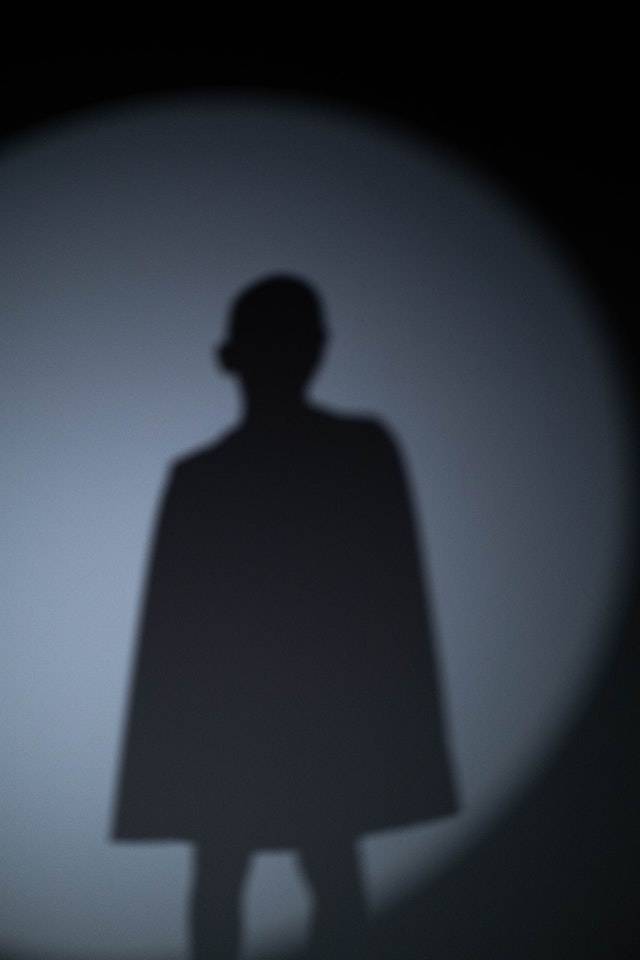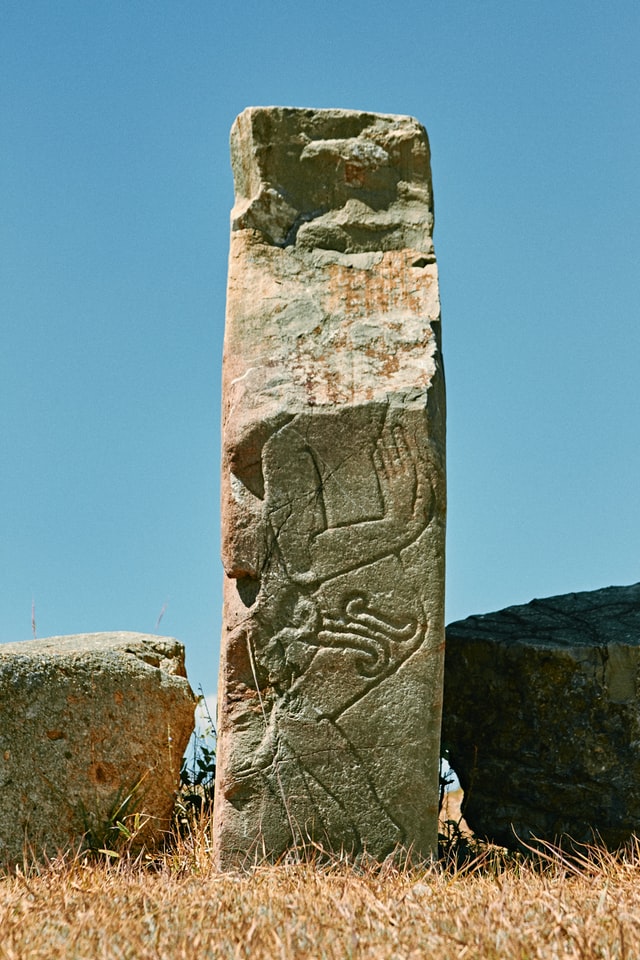
Exploring the world of dreams is a voyage into our inner space. It is an experience that carries messages from deep within. Carl Jung , a Swiss Psychiatrist and founder of Analytical Psychology, embraced the value of dreams in his quote: “Who looks outside, dreams ; who looks inside, awakes.” As a former disciple of Freud, he diverged off onto a different path of theories.
According to Carl Jung, dreams are like text in a different language that holds great wisdom.
Carl Jung viewed dreams as foreign messengers. From this, he concluded that dreams are not meaningless. For example, looking at something written in Hieroglyphics does not mean the message is meaningless. It just means that to decode the meaning, you must learn the language and its symbols. Similarly, Jung theorized that a dream carries its own unique way of expressing itself.
According to Jung, one way dreams communicate is through a process called Exaggeration. Take for instance, someone who dreams of his dog grown to the size of a house. Though realistically, this isn’t true – the dream appears to illustrate the emotional value of the dog by exaggerating its size.

According to Jung, dreams are purposeful – it allows the unconscious mind to regulate our conscious thinking.
Jung further theorized that the meaning behind a dream is traced to the unconscious mind. Jung believed this helped improve and correct conscious functioning. For example, someone who speaks highly of his best friend, may experience a dream of this best friend flying. This illustrates a positive exaggeration confirming his admiration for his best friend. However, Jung also theorized that exaggerations can be negative to bring balance to current thought processes. Therefore, if the person dreamed of his best friend snarling and frothing at the mouth – this exaggeration is negative.

According to Jung, dream exaggeration can bring balance to a one sided thought processes.
The concept of the Collective Unconscious is one of his most popular theories. This theory holds that part of our unconscious carries remnants of our ancestors. His findings originated from his work experience with schizophrenic patients. He reported that these schizophrenic individuals experienced elements in their dreams with striking resemblance to ancient religious rites. This fascinated Carl Jung because these patients had no access to such symbolic information.
Therefore, Jung theorized that a portion of dreams appear to carry ancient residues inherited from previous generations of man. He called these Archetypes. From this, Jung concluded that the unconscious mind is composed of two parts: the personal unconscious and the collective unconscious.
To understand archetypes, Jung theorized that it requires more than to experience it through a dream.
Jung encourages independent research into these archetypes or ancient symbols. This may lead to similar images that occur throughout ancient cultures, religions and rituals.
For example, to interpret a dream about a snake, Jung supports a 2-step approach to dream interpretation. First, the dreamer must explore the dream subjectively. To do this, the conscious psyche is explored by thinking of personal associations with the snake. These may include a memory or childhood experience with a snake or a recent visit to a zoo.
Secondly, the dreamer must explore the dream objectively. To do this, the unconscious psyche is explored by researching deeper into the snake as an archetypal symbol. This includes reading into the symbol of the snake found in different cultures and rituals. According to Jung, this objective research is important because it brings to light concepts that one was not previously aware of.
Influenced by Eastern Religious studies, Jung held that universal dream symbols hold a key to connect the dreamer to a state of transcendence.
Therefore, Jung encouraged subjective and objective research into dream symbols. He believed this helped expand conscious thought into a greater realm of knowledge.

Jung supported a creative approach to exploring dreams. Therefore, he encouraged active imagination among his patients to engage with dream symbols. This involved imagining the dream symbol, tuning into its presence and allowing it to develop within the mind. Other creative ways of engaging with dreams involved Jung working with drawings, sculptures and mandalas.
Jung’s theories on dream work are widely influential and are often referenced in many popular books on dreams. His theories and connection to the human growth movement, made dreams more accessible to others. Through his work, he suggests that dreams provide a place for personal growth and development. Above all, he believed that those who venture deeply into dreams, discover the far-reaching wisdom in it all.
To further your fascination in dreams – check out these posts about other dream theorists and interviews with other dreamers:
Famous Dreamers
Dream Interview: Sid Prince
Dream Interview: Tanya Williams
Freud’s interpretation of dreams
– By Nikita King
